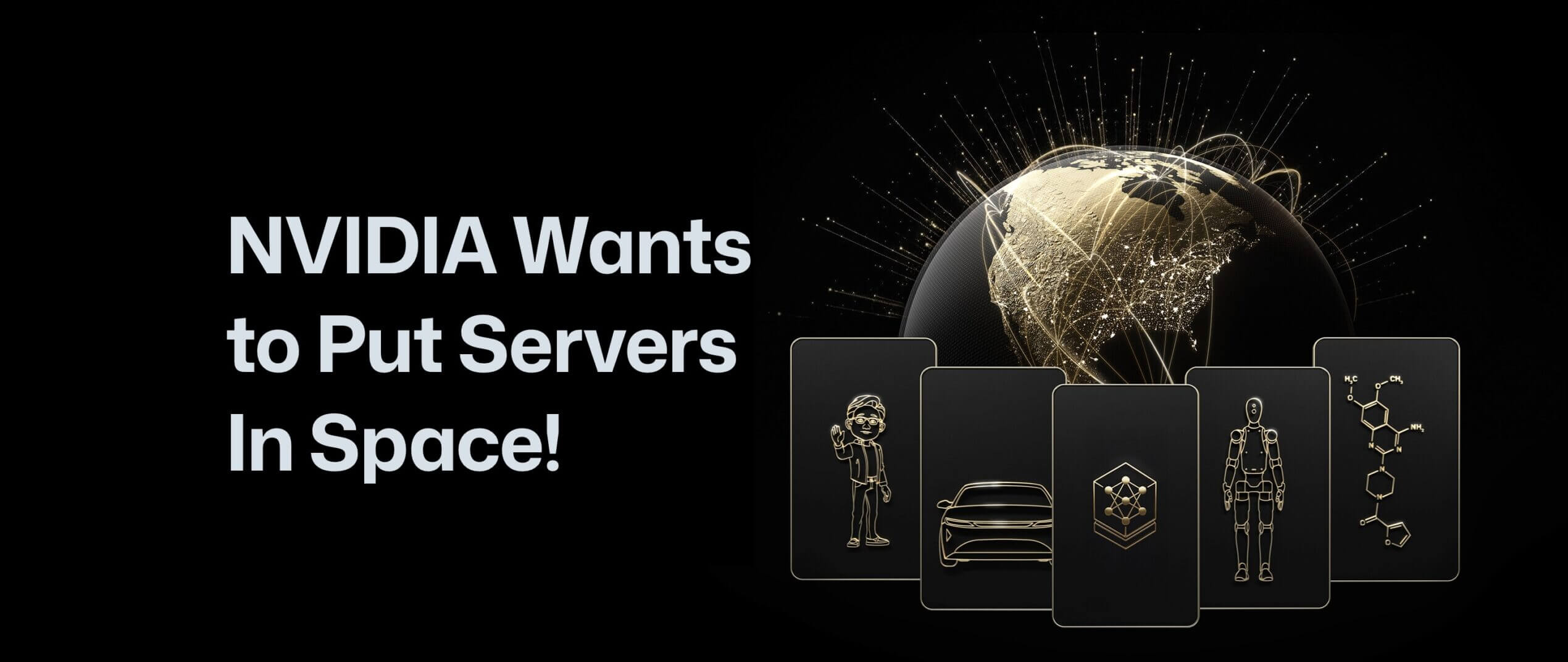NVIDIA Wants to Put Servers…In Space!

AI’s appetite for energy and cooling is outgrowing Earth’s grids, so Nvidia is backing orbital data centers that harvest solar power and radiate heat straight into space. That way, they could move part of the AI cloud off-planet to escape land, power, and cooling bottlenecks here on Earth. Is it crazy, or could it be a disruptive change in the field?
Why space is suddenly a serious data center address
The surge of generative AI has collided with real-world constraints: long grid interconnect queues, scarce transformers, and community pushback around building ever-larger facilities. Nvidia’s response isn’t just “add more plants”, but to relocate to a different place where power is plentiful: orbit. With their Inception program, the company is supporting startups experimenting with “compute in space.” Starcloud, one of them, has already sent a refrigerator-sized satellite carrying an Nvidia GPU to orbit as a mini data center testbed, to check if orbital compute can run in the harsh environment of space. Thanks to sunlight in low Earth orbit, according to their theory, they would get steady solar energy, and the vacuum would offer natural radiative cooling.
Reports indicate that Nvidia H100-class accelerators are slated to reach orbit, with early, limited customer access targeted mid-decade if milestones are met. At the same time, other tech giants are sketching solar-powered “AI data center satellites,” arguing that continuous sunshine and formation-flying constellations could make orbital computing up to several times more energy-efficient than Earth-based installations. All this sits atop a sobering backdrop: experts are warning that AI growth is on a collision course with terrestrial power limits. Different fields are demanding more power due to their needs: online casinos with roulette games, for example, rely on these to securely store and analyze the data they collect from their users, which they then use to improve their services and recommend the most interesting games to them.
For now, the idea seems to be clear: unless alternative energy sources like nuclear can solve this problem, space-based options could be a must sooner rather than later.
How it could work
A useful space data center must solve three problems at once: compute, cooling, and connectivity. Compute is arriving via radiation-tolerant or fault-tolerant deployments of established accelerators, as Nvidia’s H100 family. Cooling in a vacuum swaps server fans for heat pipes and large radiators. The main possible issue could be connectivity. The potential users of this service need multi-terabit links, with laser cross-links in space and high-throughput optical downlinks to Earth.
Latency will shape early use cases. Training giant models still favors tightly coupled clusters on Earth, but plenty of AI is delay-tolerant: preprocessing satellite imagery, compressing, and filtering video, nightly batch interference, or serving remote regions through ground stations under a satellite’s patch. Over time, swarms of networked satellites could act like zoned cloud regions in low Earth orbit, specializing in workloads where energy and cooling dominate costs instead of microseconds of latency.
Even though in theory this could work, there are other issues that could be difficult to avoid and/or minimize their effects. For example, radiation upsets, solar storms, space debris… are potential problems that Nvidia and its partners need to cover before launching the operation. However, the hardware company and the other companies involved believe they could have limited public computing by 2026-2027 if demonstrations proceed as planned.